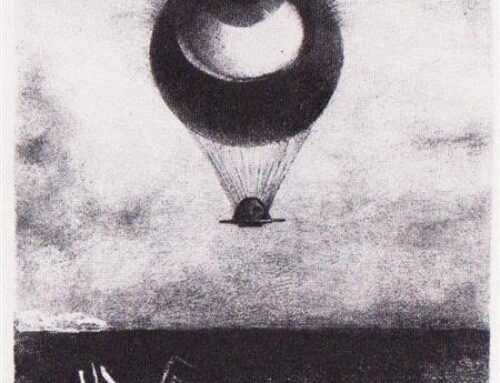Narrating the crisis of disease: medical storytelling in our time of pandemic. From the article:
The first classification, Arthur Frank: Professor Frank classifies stories into three common story types: restitution, chaos and quest. Restitution narrative: this is the story most favoured by physicians and other medical professionals and poses the emphasis on restoring health. These narratives often have three moments: they start with physical misery and social default, continue with the remedy (what needs to be undertaken) and finish with the moment in which remedy is taken; moreover, the narrator describes how physical comfort and social duties are restored. These are often stories told about patients rather than by patients, also because they give little agency to the narrator: patients simply have to ‘take the medicine’ and get well. Chaos narrative, which is really a nonstory: there is little narrative drive or sequence, just a list of negative things that will never improve and by which the narrator is almost overwhelmed. The story signals a loss or lack of control, and medicine cannot do anything. Quest narrative: this is the teller’s story, where the teller is in control of things. Narrators tell how they met the illness ‘head on’ and sought to use it, to gain something from the experience; the story is a kind of journey, with a recognised departure, an initiation (the mental, physical and social suffering that people have experienced) and a return (the narrator is no longer ill but is still marked by the experience).
For other posts on narrative medicine, see here.






Leave A Comment